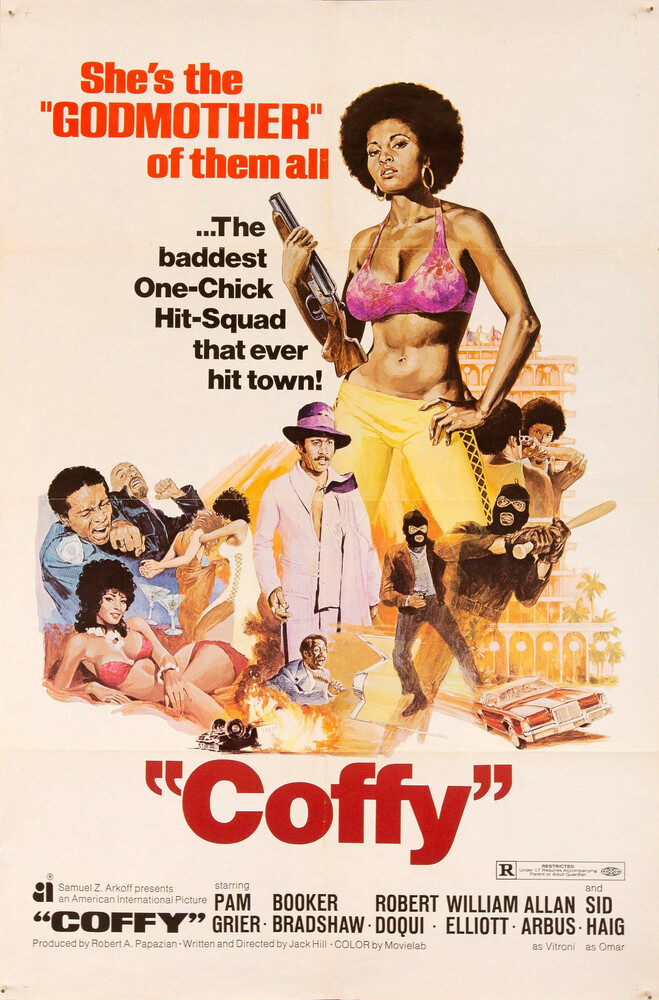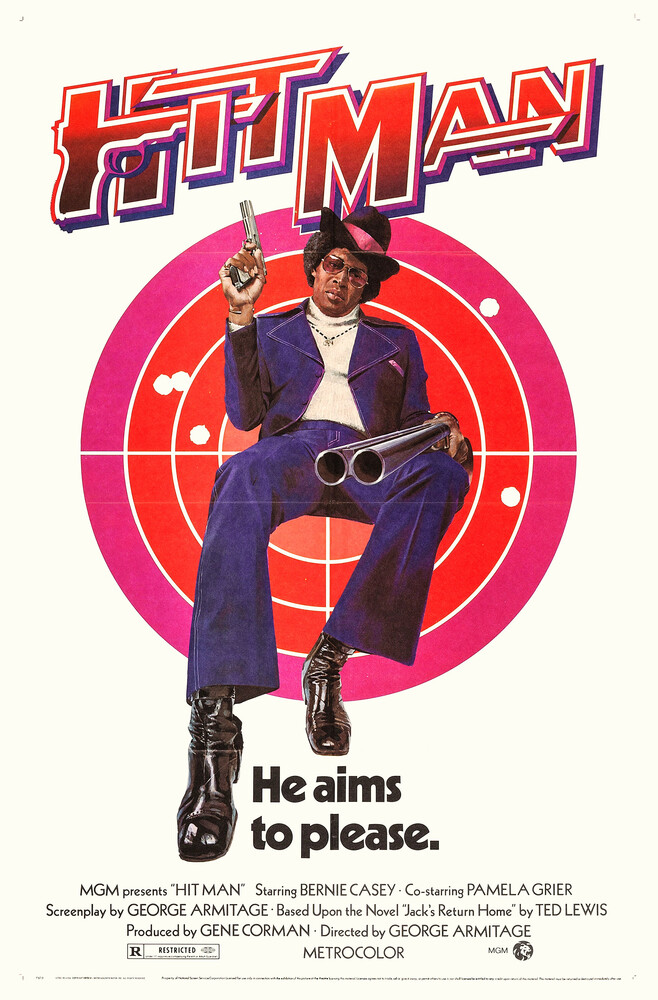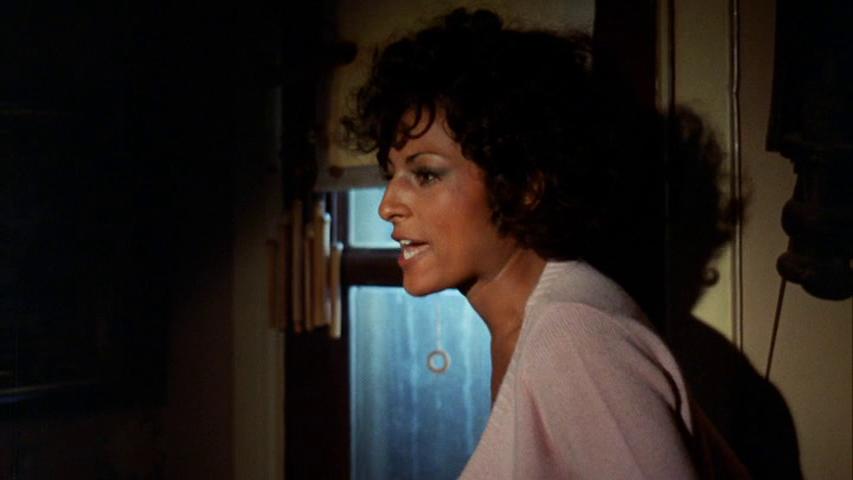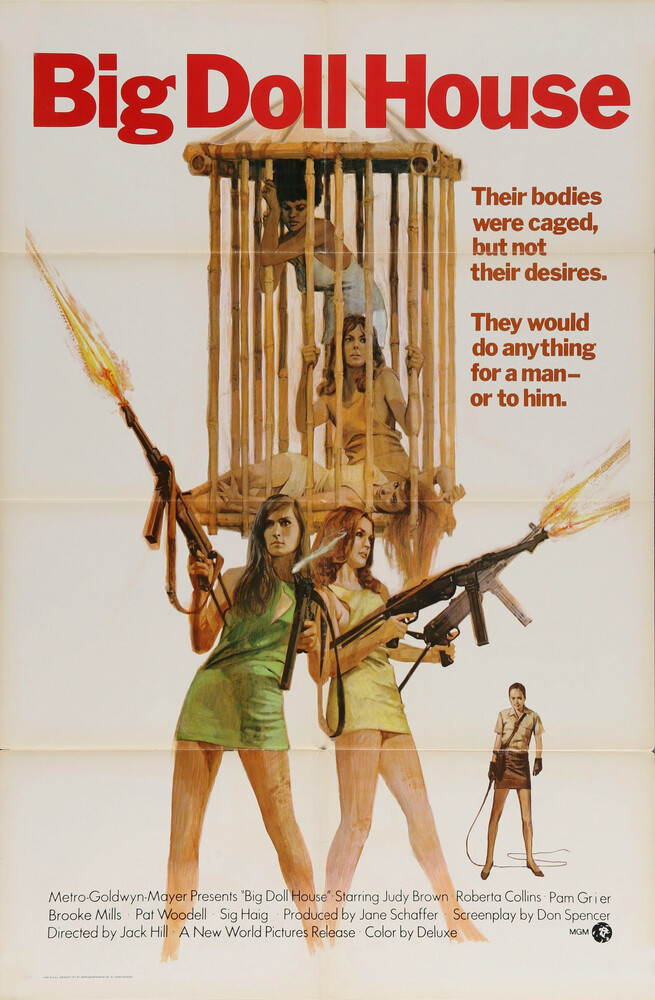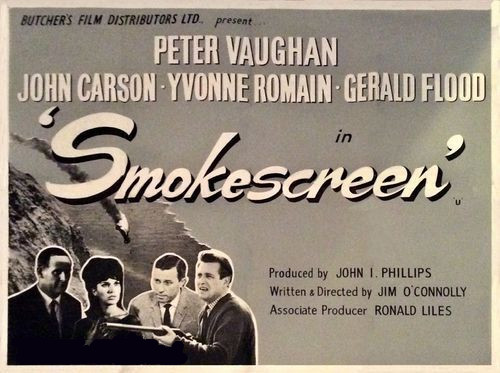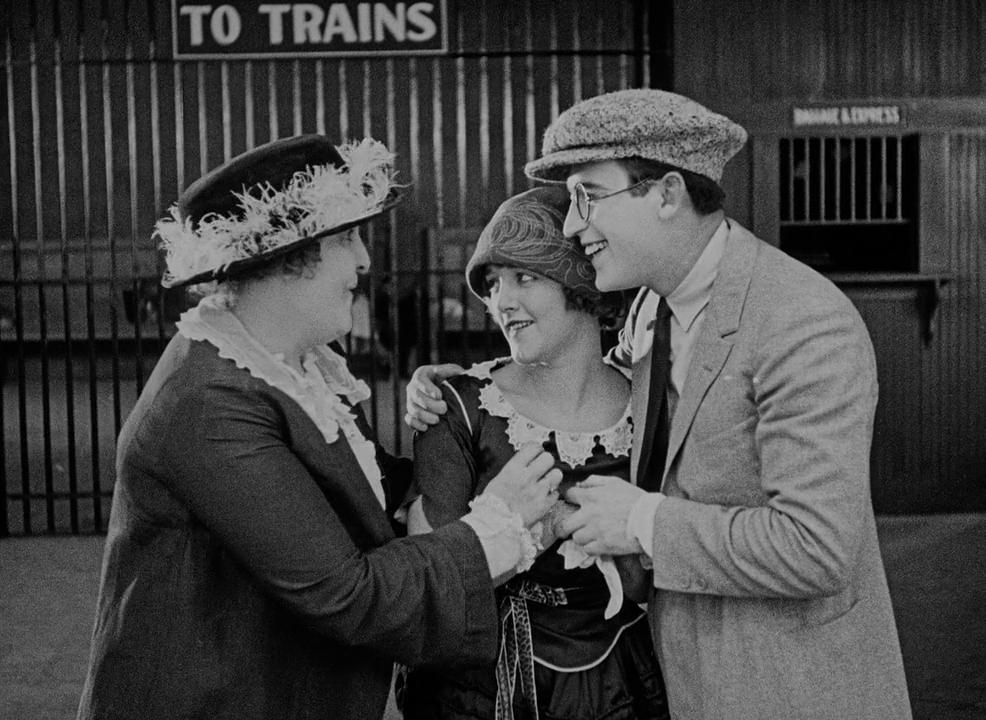Director: Bob Kelljan
Writers: Joan Torres & Raymond Koenig and Maurice Jules, based on a story by Joan Torres & Raymond Koenig
Stars: William Marshall, Don Mitchell and Pam Grier
 |
Index: The First Thirty.
After Coffy, Pam Grier was the kick ass chick in blaxploitation movies and I’m utterly sure that audiences wanted to see what she would come up with next. Well, further kick ass flicks were on the way in Foxy Brown, Sheba, Baby and Friday Foster, but she had a couple of others to knock out before them.
This was the first, a sequel to 1972’s Blacula, which was exactly what you think it was. I’ve seen it before and it’s better than Blackenstein because of the presence of William Marshall as the lead actor. He was tall at 6’ 5”, elegant and very well-spoken, through his background as a Shakespearean stage actor and opera singer, and he fits very well alongside a select list of his white counterparts in classic horror, Boris Karloff, Vincent Price and Christopher Lee.
He’s back for this sequel, reprising his role of Prince Mamuwalde, known as Blacula. Why he could possibly be back is open to debate, as he was a sympathetic monster in the first film and ended it by deliberately walking into the morning sun. He’s just as good here, selling a script that deliberately has fun playing up his outdated manners.
“Your bread, man, all of it!” demand a pair of street hoodlums. “Or are we gonna have to become antisocial and kick your ass?”
Utterly unphased and presumably grasping only the threat in the situation, he apologises: “I’m sorry, I don’t have any ‘bread’ on me, and as for ‘kicking my ass’, I’d strongly suggest you give it careful consideration before trying.”
Then he backhands one through a window and slams the other face first into a door. And, after that, he feeds.
 |

